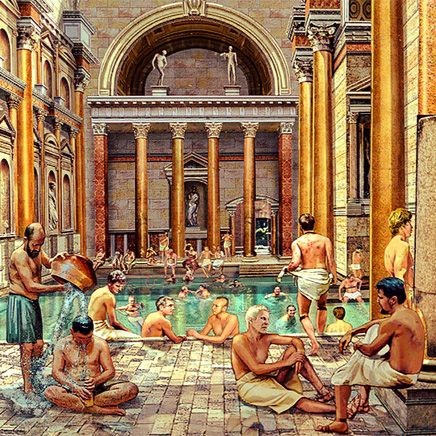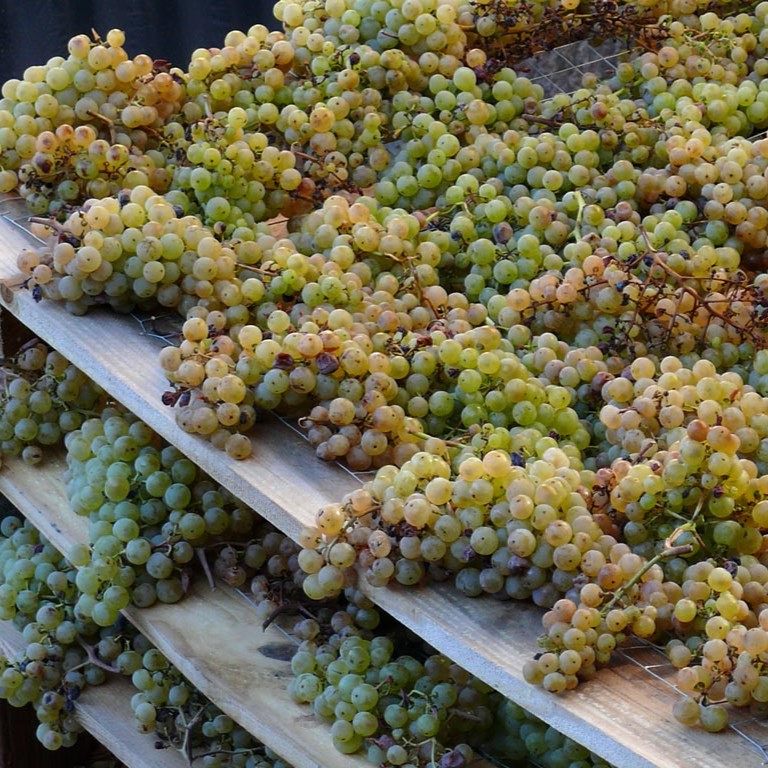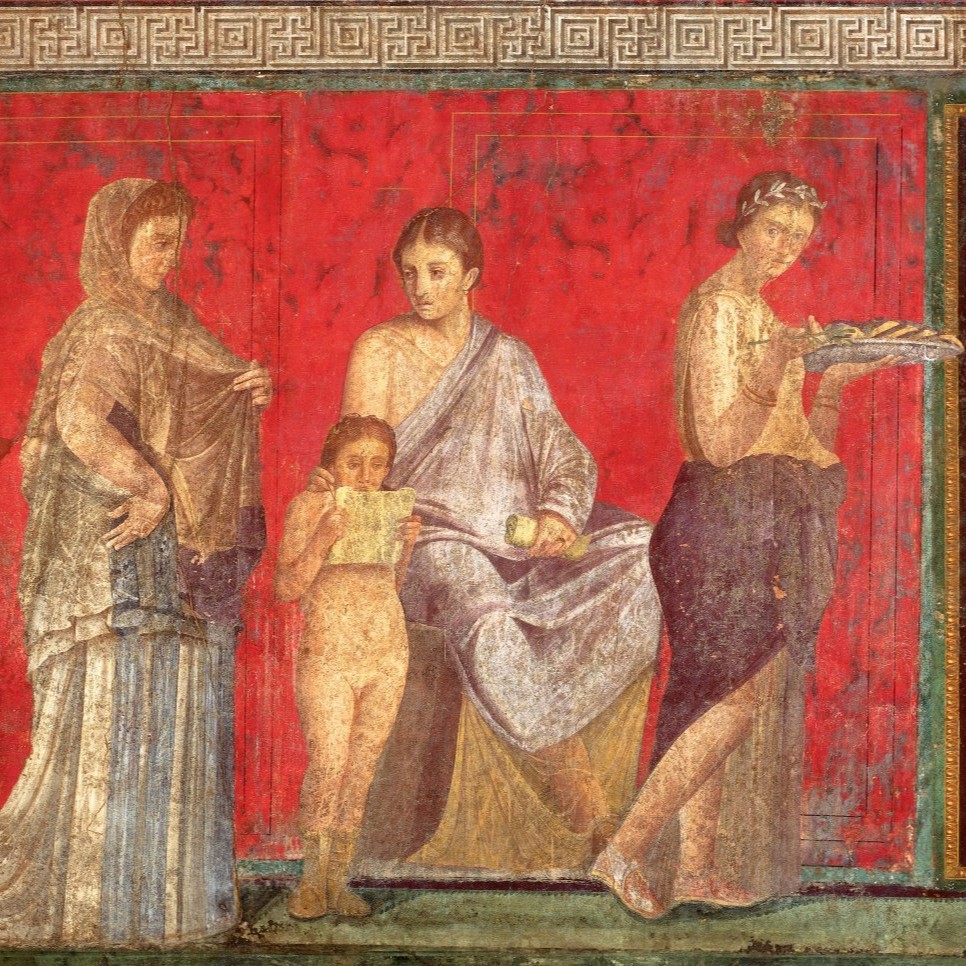Translated from French with DeepL (please notify us of errors)

The Romans too felt the heat. Indeed, climatologists have determined, through the study of pollen, glaciers, sediments, and other traces, that the period from around 250 years before the Common Era to the 4th century CE was exceptionally warm. This “Roman climate optimum” coincided with the expansion and zenith of Roman power. Its end marked the downfall of Rome, with climate change, epidemics, and population movements adding to the factors that explain the empire’s collapse.[i]
But let us turn to the “little dog,” canicula, and the means to avoid its bites. For the Romans, the word referred to a star in the constellation Canis Major, specifically the brightest star in the night sky. We commonly know it by its Greek name, Sirius (Σείριος), which means “burning.” The ancients observed that the period of the year when Sirius rose and set at the same time as the sun corresponded to the hottest days.
For millennia, humans have sought ways to cool themselves. Prior to the 20th century, the snow and ice from high peaks were almost the sole sources of cold.
Athenaeus of Naucratis, a Greek from Egypt in the late 2nd century, mentions an earlier author who recounts how Alexander the Great, five centuries prior, brought in large quantities of snow to besiege the city of Sogdiane-Petra (in present-day Uzbekistan). The snow was stored in pits to provide refreshment for his soldiers.[ii]
The Romans, on their part, “industrialized” the technique and established a true cold chain. For instance, oysters would travel over a thousand kilometers to be consumed in Augusta Raurica (10 km east of present-day Basel).
They also used snow, sometimes stored for months, to chill wine, make cool beverages, and even create ancient granitas with honey and fruits. While ingenious and effective, the preservation system had a few flaws. Deep cavities were dug where the snow was piled and covered with straw. However, with infiltrations, the quality of the product varied, being poor on the surface but much better in depth. Over time, the quality deteriorated. Seneca, a stern Stoic, disapproved of the luxury represented by iced water and, even more so, the commercial speculation it generated.[iii]
According to Pliny the Elder[iv] , whose tutor was Seneca, it was Emperor Nero who introduced another refinement: to avoid consuming polluted snow, he used it to cool previously boiled pure water, paradoxically accelerating its cooling process. At the top of the Palatine Hill, in the rotating dining room of the Domus Aurea, the emperor’s guests would savor sorbets while contemplating the eternal city that had not yet been set ablaze. Even in his final moments, just before taking his own life following a hopeless flight, Suetonius recounts that Nero had a last thought for his frozen sorbets. “While waiting for a secret entrance to be found into the villa, he scooped water from a pond in his cupped hand and drank it, saying, ‘Behold, the refreshment of Nero.”[v] .
Qualis artifex pereo![vi]
[i] Kyle Harper, The Fate of Rome: Climate, Disease, and the End of an Empire: 2 (The Princeton History of the Ancient World, 2) Paperback, 2019
[ii] Athenaeus of Naucratis, Deipnosophists, Book III. 124:
Οἶδεν δὲ καὶ ὁ καλὸς Ξενοφῶν ἐν ᾿Απομνημονεύμασι τὴν διὰ χιόνος πόσιν. Χάρης δ’ ὁ Μιτυληναῖος ἐν ταῖς περὶ ᾿Αλέξανδρον ἱστορίαις καὶ ὅπως δεῖ χιόνα διαφυλάσσεσθαι εἴρηκε, διηγούμενος περὶ τῆς πολιορκίας τῆς ἐν ᾿Ινδοῖς πόλεως Πέτρας Οὕτω γὰρ παραμένειν πλείω χρόνον τὴν χιόνα.
“Even the excellent Xenophon, in his Memorables, knows the use of snow in drinking, and Chares of Mitylene, in his Histories of Alexander also tells how snow should be preserved. He describes the siege of Petra, an Indian city. He says that Alexander dug thirty cooling pits which he filled with snow and covered with oak branches. Thus, he said, the snow would last a long time.[iii] Seneca, Naturales Quaestiones 4b.13.8.3:
Nam sicut animo relictos stupentesque frigida spargimus, ut ad sensum sui redeant, ita viscera istorum vitiis torpentia nihil sentiunt, nisi frigore illa vehementiore perusseris. Inde est, inquam, quod ne nive quidem contenti sunt, sed glaciem, velut certior illi ex solido rigor sit, exquirunt ac saepe repetitis aquis diluunt. Quae non e summo tollitur sed, ut vim maiorem habeat et pertinacius frigus, ex abdito effoditur. Itaque ne unum quidem eius est pretium, sed habet institores aqua et annonam, pro pudor! variam. Vnguentarios Lacedaemonii urbe expulerunt et propere cedere finibus suis iusserunt, quia oleum disperderent. Quid illi fecissent, si vidissent reponendae nivis officinas et tot iumenta portandae aquae deservientia, cuius colorem saporemque paleis quibus custodiunt inquinant? At, dii boni, quam facile est extinguere sitim sanam! Sed quid sentire possunt emortuae fauces et occallatae cibis ardentibus? Quemadmodum nihil illis satis frigidum, sic nihil satis calidum est, sed ardentes boletos et raptim indumento suo mersatos demittunt paene fumantes, quos deinde restinguant nivatis potionibus.
“Just as fresh water is thrown on a man who has fainted and is deprived of feeling, to bring him to his senses; so the stomach, numbed by long excesses, feels nothing, unless an incisive cold penetrates it and burns it. Hence, I repeat, snow is no longer enough for it; it is ice that it wants at all costs, as being more consistent and thus better able to concentrate the cold. It is diluted in water which is poured in several times; and the top of the iceboxes is not taken, but, so that the cold has more intensity and persistence, the pieces are extracted from the bottom. Also, it is not always of the same price; water has not only its sellers, but, oh shame! its varying rates. The Lacedemonians drove the perfumers out of their city and ordered them to cross the border as soon as possible, accusing them of losing the oil. What would they have done, if they had seen the snow supplies in shops, and so many beasts of burden busy transporting this water, whose colour and flavour are denatured in the straw that preserves it? Yet, great heavens! how easy it is to satisfy natural thirst! But can anything move a jaded palate, which has been rendered insensitive by the heat of the food? By the very fact that it cannot find anything fresh enough, nothing is hot enough for it. Burning mushrooms, hastily dipped in their sauce, are swallowed still steaming, to be instantly cooled by drinks saturated with snow.”[iv] Pliny, Naturalis Historia 31.40:
Neronis principis inventum est, decoquere aquam, vitroque demissam in nives refrigerare. Ita voluptas frigoris contingit sine vitiis nivis. Omnem utique decoctam utiliorem esse convenit : item calefactam magis refrigerari, subtilissimo invento. “
It was Nero who devised the idea of boiling water, and then putting it in glass, to refresh it in the snow; by this means, one has the pleasure of drinking fresh, without dreading the inconveniences of snow water. Boiled water is unquestionably the best; moreover, heated, it lends itself better to cooling, so ingeniously discovered by the prince.”[v] Suetonius, De Vita Caesarum Nero.47.3.1:
Dum clandestinus ad villam introitus pararetur, aquam ex subiecta lacuna poturus manu hausit et: ‘haec est,’ inquit, ‘Neronis decocta.’[vi] “What an artist perishes with me!”, Nero’s last words according to Suetonius.
Other articles in English from the Nunc est bibendum blog








